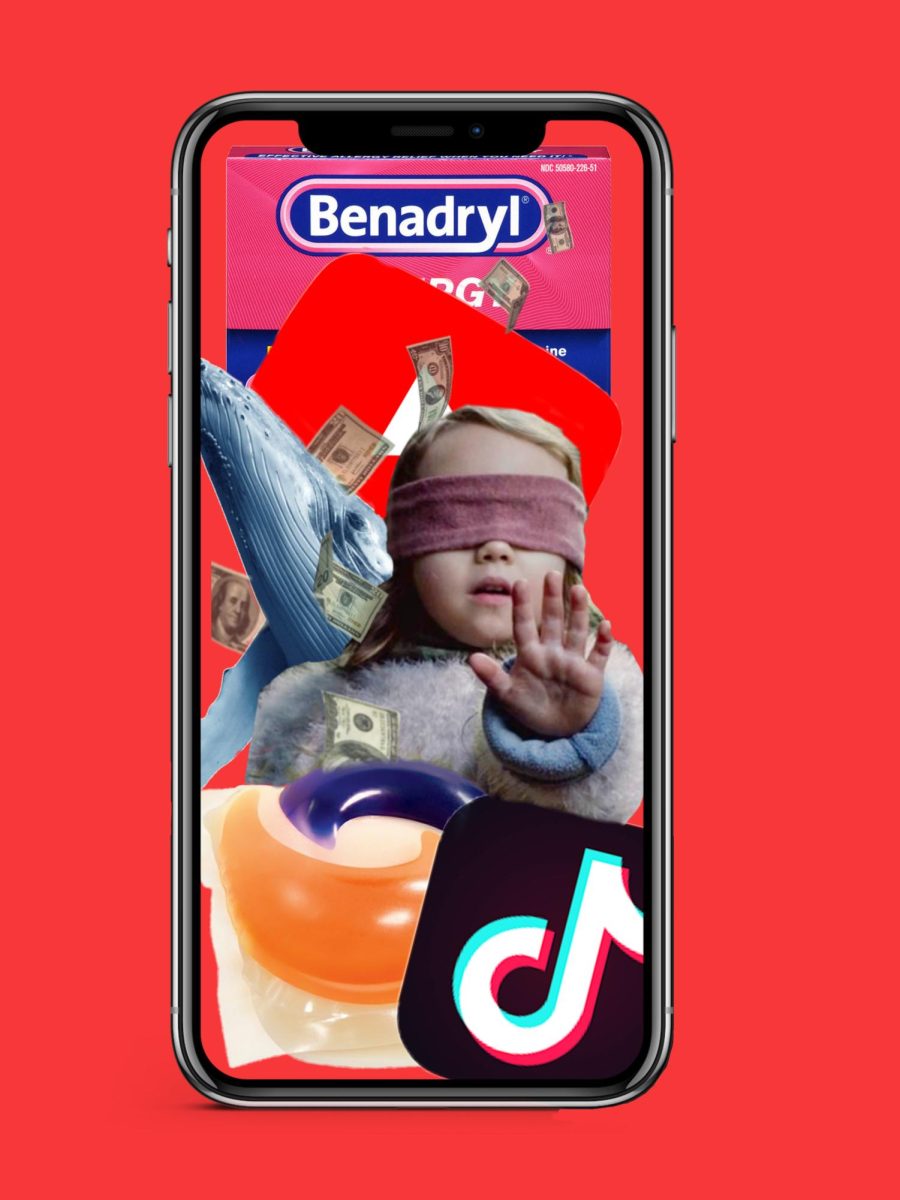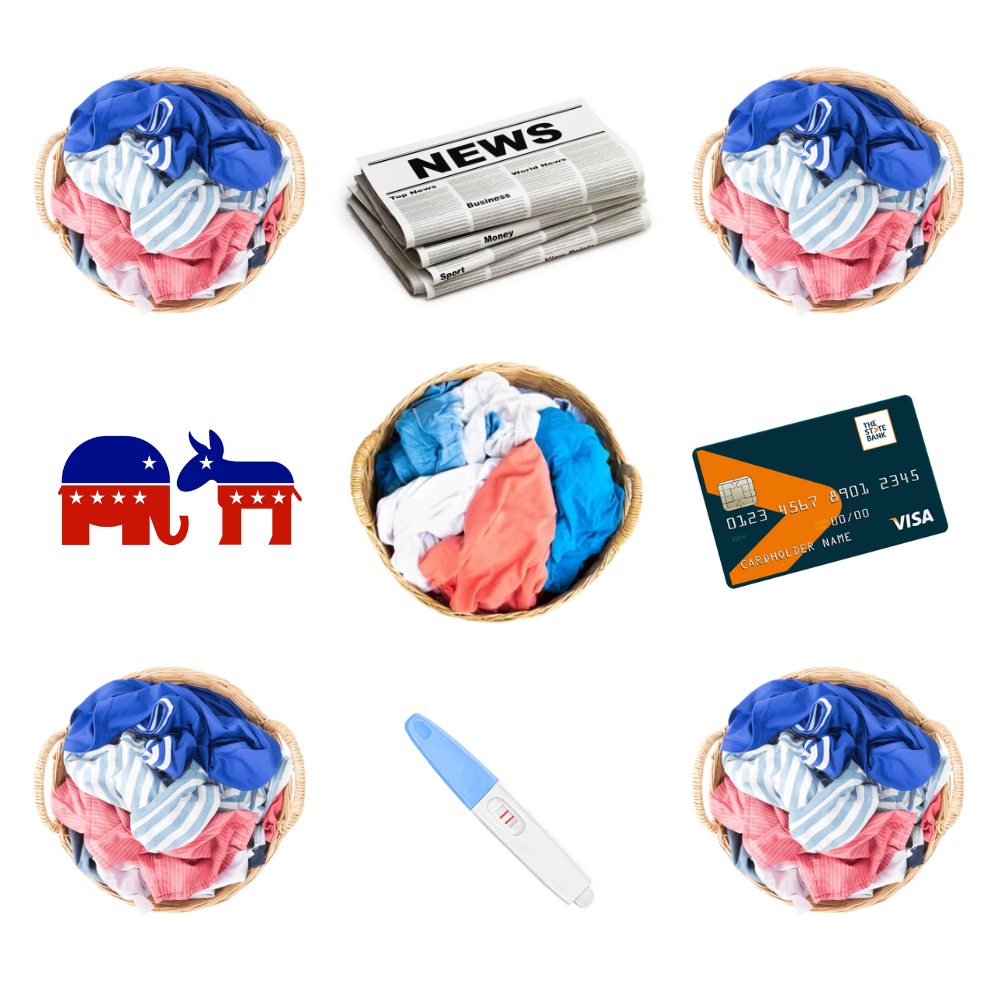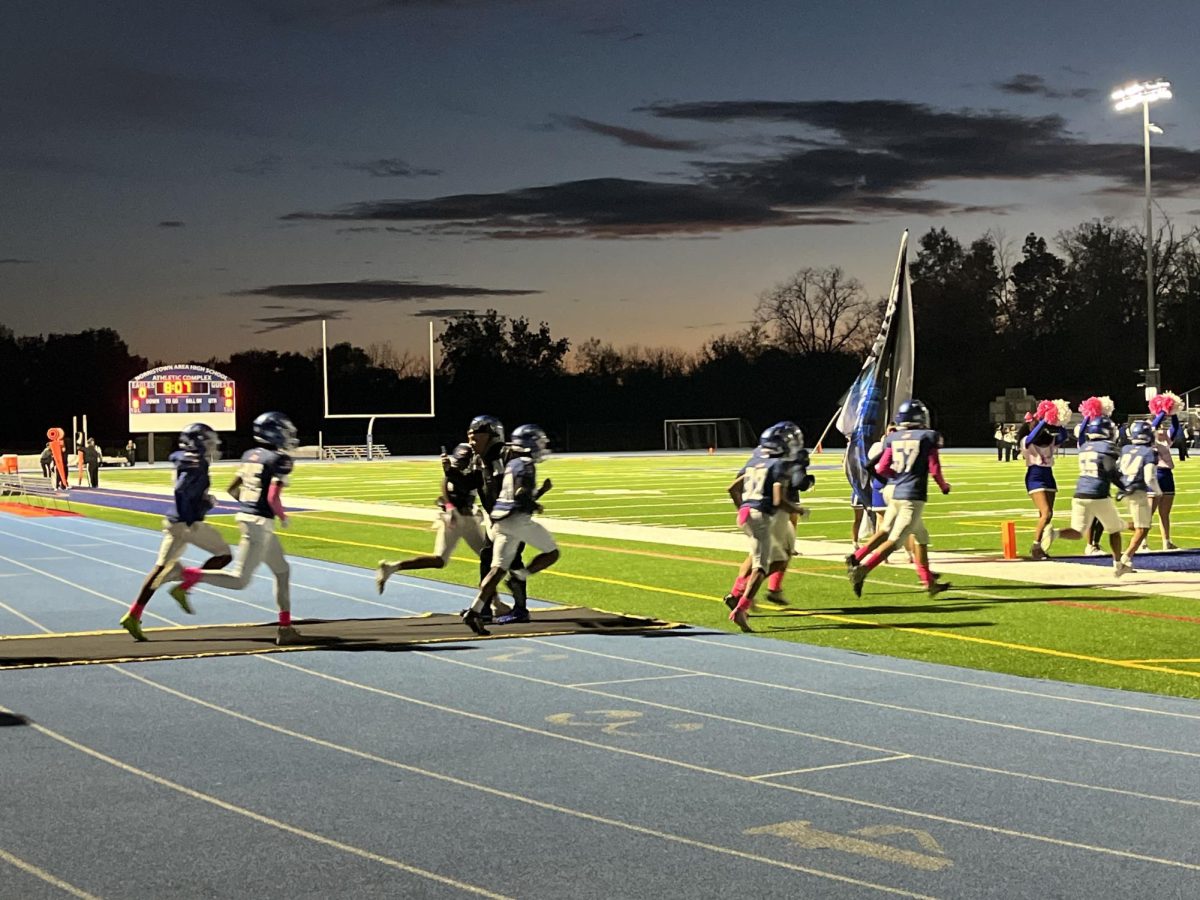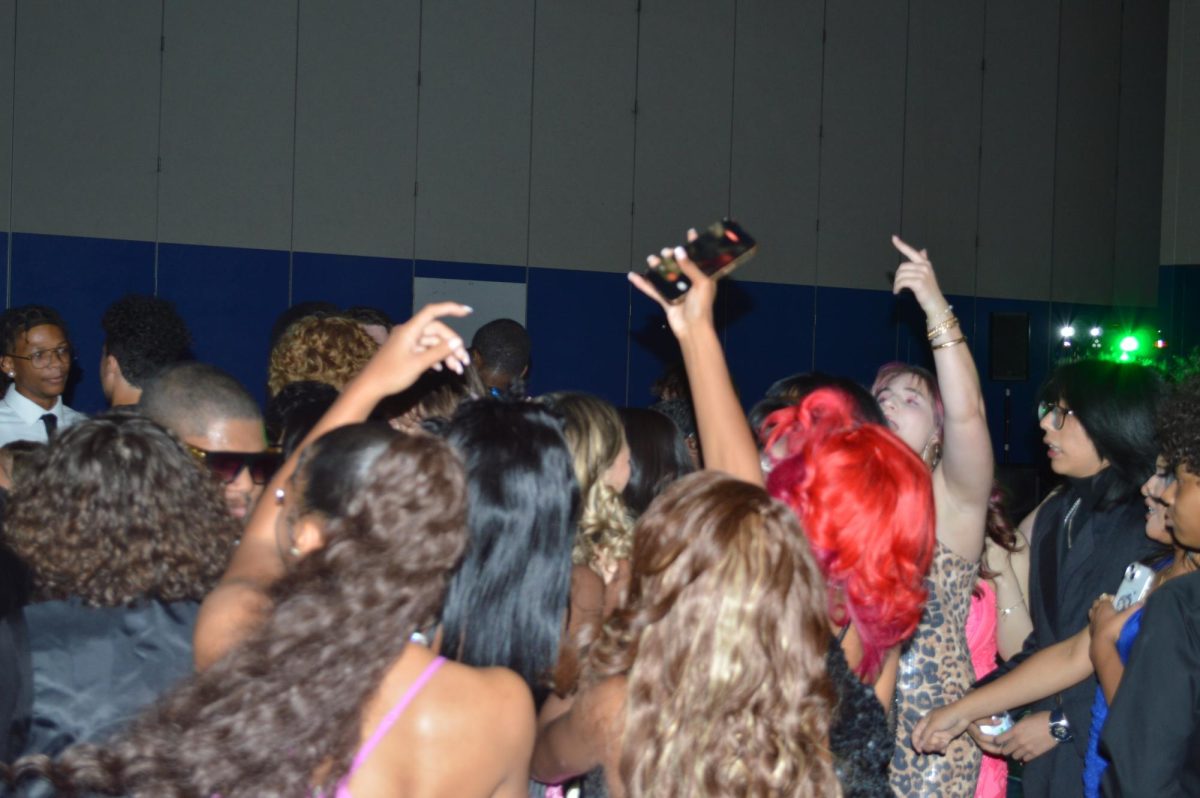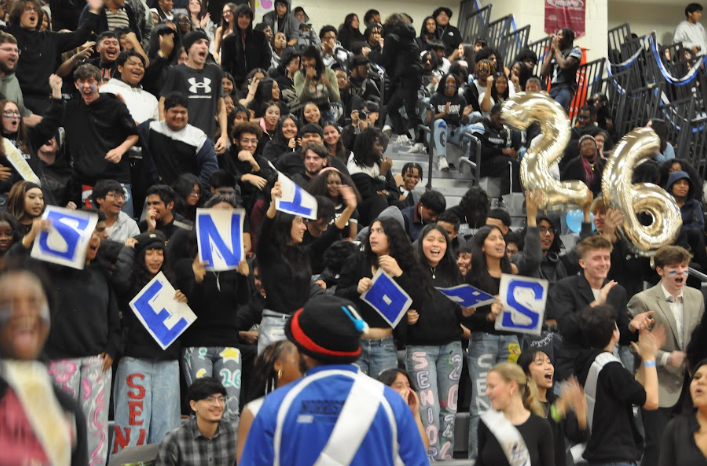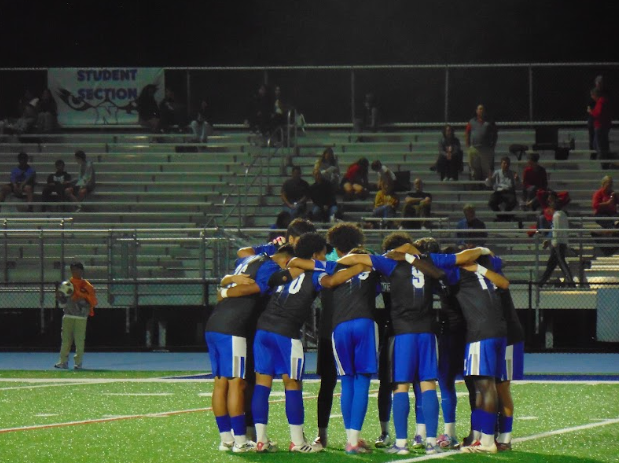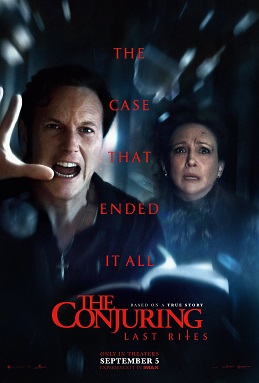On October 24, 2022, 6 teens were caught in a horrific car crash in Buffalo, New York, which ended the lives of 4 of the teens in the vehicle, Kevin Payne, Swazine Swindle, Ahajanae Harper, and Marcus Webster. On December 12, 2021, 10-year-old Nyla Anderson was rushed to a hospital after being found in her closet passed out with a belt wrapped around her neck in Chester, Pennsylvania. She was later pronounced dead. In November 2016, Phillip Budeikin admitted to inciting the suicides of 16 teens; he was found guilty of 2 of those victims’ suicides and Budeikin was sentenced to 3 years in prison.
These cases were linked to internet “challenges” in some form: the Kia Challenge, the Blackout Challenge, and the Blue Whale Challenge. However, there are many other “challenges” on the internet like the 3 mentioned that criminalize, hurt, and even kill people, all disguised as “fun” or helpful to those experiencing mental distress.
While some challenges are fun and not actively harmful, many more have become infamous for inflicting delusion and distress. People who participate in these challenges have many motivations for why they partake in them—fame, attention, mental health, fun, ignorance, etc. Motivations vary and can be as shallow as craving internet likes or as sincere as wanting to fit in with friends or the general community. But for the majority of people, motivation is often as simple as wanting attention, ignorance, or craving fun.
Although not exactly like challenges, pranks can still influence people to create a trend centered around a specific act. Like a standard challenge, pranks can be harmless, but can also cause great harm to people who participate in the activity.
YouTube prank channels have been in a way known to be the original “challenge” creators, uploading videos that at first were fun and interesting to watch, but as views began to diminish, many of these creators felt that they had to increase the stakes to get as much attention to their channel. The algorithm began favoring a video’s overall watch time and engagement, and if you weren’t jumping to the new thing or doing something outlandish, viewers would lose interest. Certain creators deluded themselves into focusing only on the video’s engagement, dismissing their own and other’s well-being.
The most recent example of a creator putting themselves in a life-threatening situation for fame (as of writing this article) was from April of this year when a YouTuber by the name of Tanner Cook was shot in a mall after having harassed a man named Alan Colie for a “prank”.
While the example used did come with a consequence, there are several other examples of creators who have done similar things and gotten away with it.
This lack of consequence sets a terrible precedent for the young demographic who primarily watch these channels. They don’t see how the video could have ended with someone dead or injured, and only see this disregard for others and your well-being which is bringing in views and likes. It doesn’t help that some of the most outrageous “pranks” are often faked, leading to situations where these kids think they have to do the real thing to get this attention.
On July 26, 2023, an 11-year-old girl was influenced by one of these fake pranks, calling 911 and reporting a false kidnapping, giving the telecommunicator detailed descriptions and updates on the kidnapper through texts. The girl would later reveal that none of it was real and that she got the idea from a YouTube video.
This doesn’t even include TikTok challenges, where the majority of young people on it can easily digest these kinds of videos.
While YouTube started these challenges, TikTok skyrocketed their popularity, launching the rise of new challenges to partake in, and enticing a variety of new communities. Communities can now come together to create and share their challenges/trends without the influence of larger creators, and others viewing these trends will want to participate in it because it’s “the new thing” or because it seems fun.
This mindset is very similar to the craze around YouTube trends previously discussed, with the main difference being that TikTok is a platform where these kinds of videos can be consumed easily, thanks to their infinite scroll feature, allowing for the consumer’s FYP (For You Page) to be updated in real-time to better adjust to what they’re engaging with, and in turn, spread to other’s attention more rapidly.
In 2018, after the release of the Netflix original film, “Bird Box”, many on TikTok made a challenge where they tried to get by in ordinary life with a blindfold on. Many would get injured while doing the challenge, some minor and others more serious. Some young teens would even perform dangerous stunts with this challenge, such as driving a car blindfolded. It got so bad to the point where Netflix itself had to issue a statement asking people to not put themselves in danger when doing the challenge.
Similar challenges, such as the Benadryl Challenge, where people purposely overdosed on Benadryl tablets to cause hallucinogenic effects, the Blackout Challenge, in which people would choke themselves out to see how long they could last before passing out, and the Fire Challenge, where people set themselves on fire and tried extinguishing it before things went wrong, encouraged the youth to perform self-harming activities.
Sometimes the challenges were straight-up crimes, such as stealing Kia-branded cars or public property and calling it a “devious lick”.
These challenges set a terrible example for the youth, as they see a large majority of people take part in these dangerous activities and try to join in, or worse, think that it is acceptable behavior.
On the even more grim side of these challenges, some of these exploit teens with mental disorders to participate in trends that worsen their declining state. While only a handful, these challenges pose a serious threat to the well-being of these people, with most of them being disguised as trends meant to help them better cope with their disorders.
The 2 main platforms most guilty of hosting these trends are YouTube and TikTok. Whether intentional or not, they push these harmful trends out into the public, and at times they take a long while to take action once the consequences begin peering their ugly heads. YouTube’s algorithm favors engagement, so creators set up insane scenarios to keep the audience’s attention. TikTok’s algorithm is almost the same, with the addition of infinite scroll and shorter videos, allowing people to view hundreds of these trends in a couple of minutes.
The main problem stems from these corporations not taking action in time, letting these videos get through their filter, and even favoring them.
However, while these multi-billion dollar corporations are largely responsible for these kinds of trends being let into their system, it’s not as simple as pointing the finger at them and calling it a day. As consumers, we are also at fault, because at the end of the day, these videos are being pushed out to us, and we choose whether they should be successful or not. We encourage these creators, we encourage these challenges and trends and pranks, and we give them engagement and likes. If we want to see a decline in these harmful trends, then we have to give them less attention. Ignore them when you see them, report them if they harm someone or something, and discourage others from participating in them.

